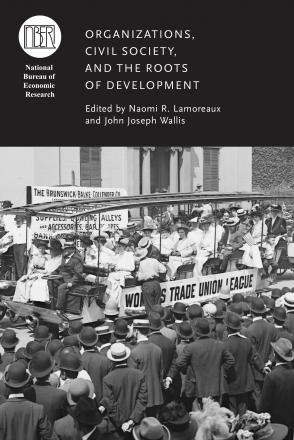Adam Smith’s Theory of Violence and the Political Economics of Development

What accounts for the differences in the “wealth of nations”; that is, the differing levels of opulence across countries? Adam Smith's argument is as relevant today as it was in his time. On the economic side, his answer is well-known: the division of labor, capital accumulation, and the absence laws and regulations that encumber competition and markets. Yet Smith’s views about the failure to develop were not limited to economic issues, instead turning equally to politics and law. Violence is also central to Smith's approach to development, and Smith scholars have under-appreciated the importance of violence in his approach to the political-economics of development. In the face of episodic violence, individuals have little incentives to be industrious, to save, or to invest. Smith argued that development required three mutually reinforcing elements – liberty, commerce, and security; and further, that these conditions first arose in the towns. If commerce represents the development of markets, liberty and security provided the political, legal, and military infrastructure necessary to sustain markets in a potentially hostile environment.
-
Copy CitationBarry R. Weingast, Organizations, Civil Society, and the Roots of Development (University of Chicago Press, 2017), chap. 2, https://www.nber.org/books-and-chapters/organizations-civil-society-and-roots-development/adam-smiths-theory-violence-and-political-economics-development.Download Citation


